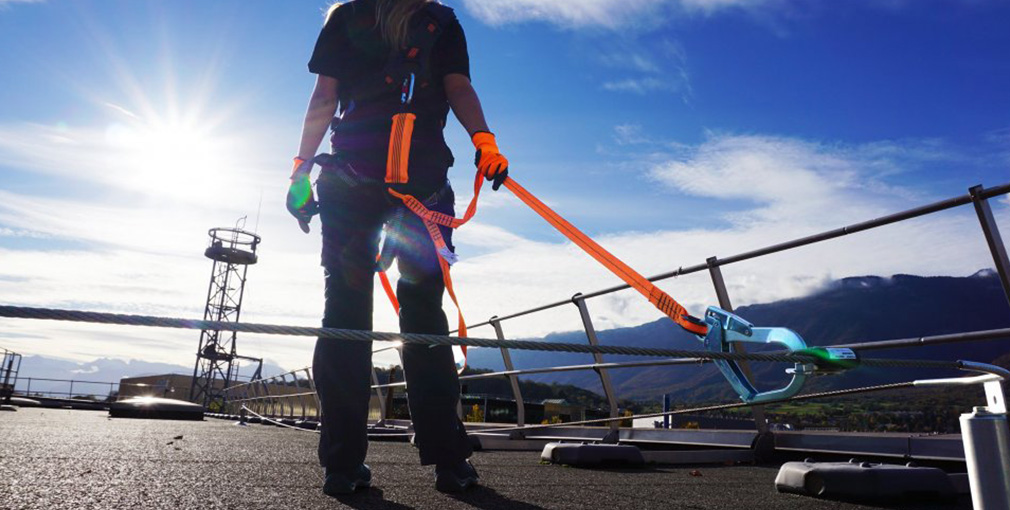
Working at height remains one of the most perilous tasks in various industries, from construction to maintenance. The margin for error is slim, and the consequences of oversight can be severe, if not fatal. Recognizing and addressing common mistakes can significantly mitigate risks and enhance safety. Drawing from insights, this article delves into the prevalent errors encountered in height safety practices and offers guidance on how to circumvent them.
The Pitfall of Poorly Fitted Harnesses
The correct safety harness fitting is a basic but often ignored part of height safety. If done incorrectly, this reduces the degree of protection and puts the wearer at risk. In order to prevent injuries to the lower back in the case of a fall, it is important to make sure the harness is set without obstructing circulation, avoid twisted straps, and properly position the backplate. The use of marked A or A/2 attachment points is essential for fall arrest, highlighting the significance of double-checking harness adjustments and attachments—ideally with a colleague's help.
Misuse of Lanyards
A common mistake that results from a lack of accessible or distinguishable secure anchor points is the improper application of lanyards, such as wrapping them around structural elements. Using approved and load-tested anchor points in addition to having a shock absorber attached to the user instead of the attachment point is the answer. By minimizing fall impact, this technique protects against severe injuries.
Combining Fall Arrest Equipment Improperly
For the illusion of greater safety, there may be a tendency to mix and match fall arrest equipment. However, this could result in unsafe setups for users. Making sure that the equipment is compliant and offers the appropriate level of protection requires careful attention to user manual instructions and, when in doubt, professional help.
Neglecting Equipment Condition
Assuming that safety equipment is in good condition without thorough inspection is a mistake that can have dire consequences. Regular visual and functional checks are essential to identify wear and tear that may not be immediately apparent. Enlisting a co-worker to double-check harness fittings and adjustments before commencing work can serve as an additional safeguard.
Conclusion
There are several possible pitfalls on the road to guaranteeing safety when operating at heights. However, businesses may drastically lower the risk of accidents and injuries by identifying and fixing frequent errors like those mentioned above. To ensure a safe working environment for all parties involved, it is a shared responsibility that calls for diligence, appropriate training, and adherence to safety procedures. Note that there is no tolerance for compromising safety when operating at heights due to the huge stakes involved.